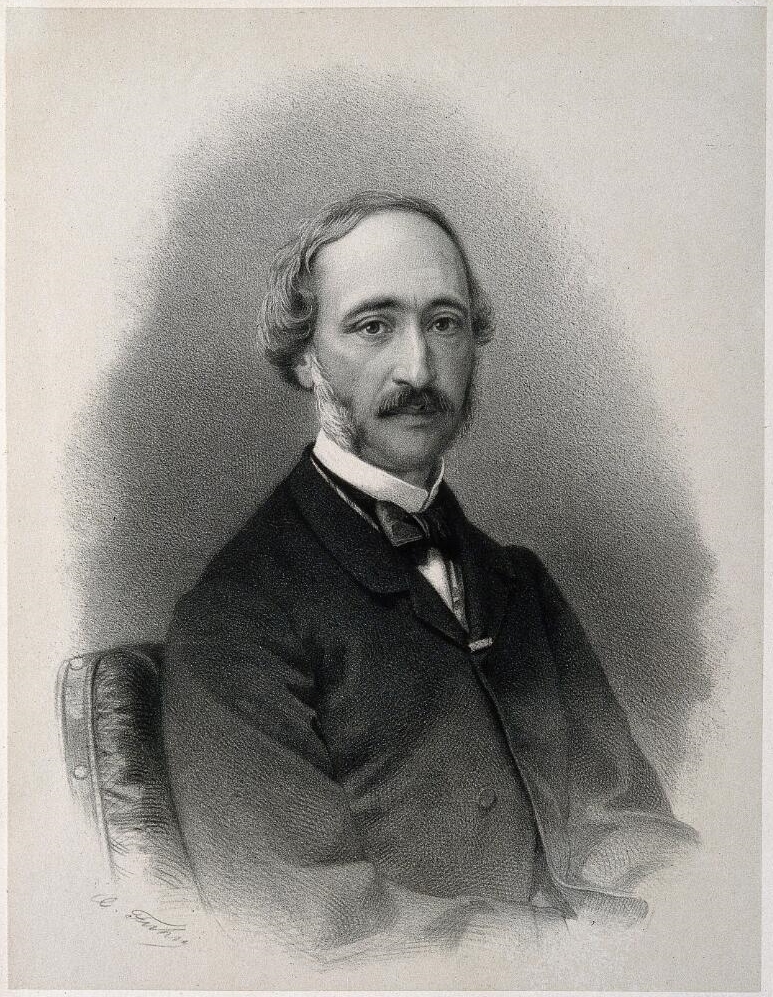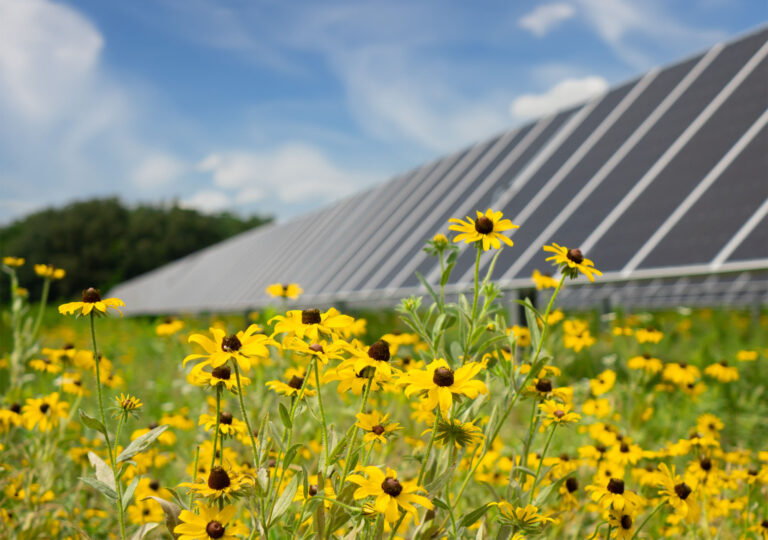Overview of Solar
Recently, it seems like every day we’re making new strides in the transition to renewable energy and helping write the next chapter of our history. Yet, the truth is that technology that captures the power of the sun to make electricity has been around for a long time. We’re taking a deeper dive into the history of solar to understand the roots of where we are today and how we can supercharge the adoption of this fascinating technology as we work to decarbonize our economy. And rest assured, we will not be giving you a pop quiz at the end of this walk down memory lane.
1800’s – Early 1900’s

In 1839 solar hit its first milestone when Edmond Becquerel (in the portrait to the left) discovered the photovoltaic (PV) effect, becoming the “father of solar energy” at only 19 years old. The photovoltaic effect is a process that generates an electric current when certain materials are exposed to sunlight. Fast forward to 1883 and we stumble upon the first ever solar cell, created by Charles Fritz using selenium wafers. At the turn of the century, Albert Einstein published a paper in 1905 on the photoelectric effect, further supporting the remarkably similar photovoltaic effect and bringing its potential further into the light.
Mid 1900’s – Late 1900’s
Moving on to the mid 1900’s, solar reached a pivotal point in 1954 when the collective efforts of David Chapin, Calvin Fuller, and Gerald Pearson resulted in the development of the first functioning silicon solar cell. They were able to achieve 11% efficiency with a cell the size of a small coin, and became the first to successfully convert sunlight into usable power. Shortly after, the U.S. government launched the Solar Energy Research Institute in 1977, which led to worldwide solar initiatives as solar power started to become more mainstream. This traction allowed the first megawatt-scale solar PV plant (that’s the size of our first solar project in Jackson, TN!) to go online in California in 1982.
Late 1900’s – Recent 2000’s
Solar power hit a huge turning point when installed solar capacity reached 1,000 megawatts in worldwide in 1999. During the early 2000’s, solar energy became widely utilized as a fossil fuel alternative across the globe. Thanks to the amazing work of engineers and scientists alike, solar panels are constantly being upgraded to increase efficiency and affordability. You may be wondering what happens to older panels as their lifespan ends and they get replaced by new and improved ones. France developed the first solution to this issue in 2018 when they opened the first dedicated solar panel recycling plant where even first-generation solar cells can be repurposed to make new ones. This brings us to one of the latest solar power accomplishments in 2021, when solar energy made up more than half of the renewable energy capacity globally.
Today
Solar has come a long way in the past 183 years, and will continue to hit new milestones as we decarbonize the grid and make fossil fuels a #relicofthepast. Every solar project helps us get one step closer to having a carbon-free, sustainable future. The International Energy Agency (IEA) has already predicted that the growth of renewable energy capacity altogether will increase by over 60% and accelerate “in the next five years, accounting for almost 95% of the increase in global power capacity through 2026.” This forecast is the “equivalent to the current global power capacity of fossil fuels and nuclear combined.” That’s why Clearloop is working to accelerate the efforts to build up new solar capacity and clean up the grid in the places that need it the most. We’re looking forward to even more sunny days ahead.
Want to learn more about how your company can reclaim your carbon footprint and expand access to clean energy with Clearloop? Drop us a note at hello@clearloop.us or set up a meeting.






